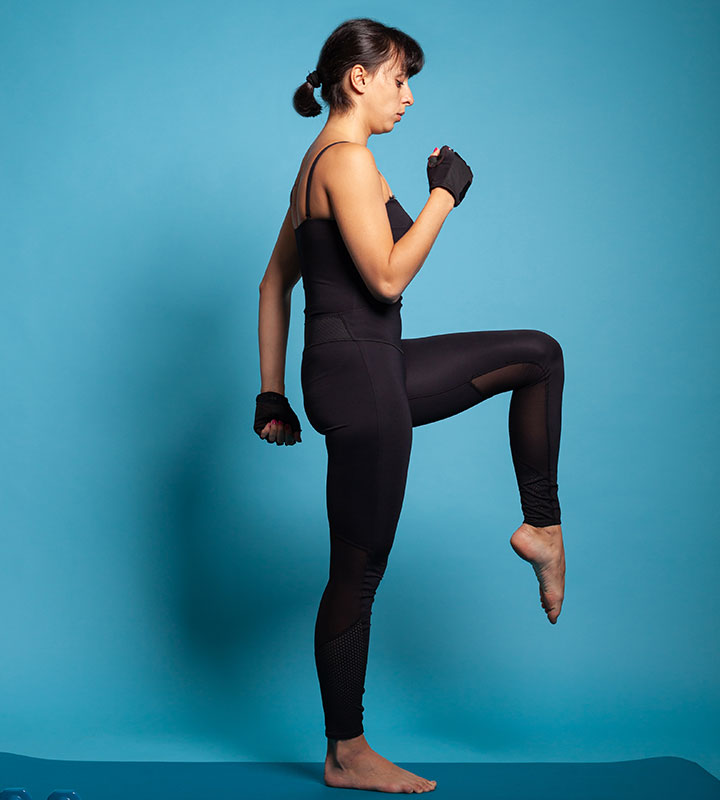Stretching is a pre-workout and post-workout beneficial activity that can increase flexibility, reduce injury risk, and relieve muscle tension. Assisted stretching allows you to maximize the benefits of each stretch and minimize mistakes and injuries.
Here’s an overview of how to incorporate assisted flexibility and stretching exercises into your workout routine:
Stretch Before Workout Sessions
Experienced stretchologists can help stretch various muscle groups to prepare you for strenuous activities. If you plan to perform heavy lifting, HIIT, and other intense workouts, stretching can help loosen up your muscles and joints.
Working with a credible stretchologist will expose you to unique dynamic and ballistic stretches that can improve your activity. The stretches offer a low-intensity warm-up to increase circulation and range of motion.

Intense workouts can cause severe injury if your muscles and joints are stiff. Stretching before a workout session increases flexibility and body temperature. You’ll have better balance and mobility, which is required for safe workouts.
Consider incorporating assisted stretching before your most intense workout routines to help you increase strength and power. You can get your assisted stretching to work all muscles, then move to your gym to complete your training.
Stretch After Workout Sessions
Stretching can help relieve and lengthen tense muscles to promote recovery. The stretches also help to reduce lactic acid buildup. Your body will produce lactic acid whenever you exercise. Lactic acid contributes to feeling sore and achy.
Stretching reduces the accumulation of lactic acid across all muscle groups. The stretches also increase post-workout circulation, which can promote faster recovery.
Static and PNF (proprioceptive neuromuscular facilitation) stretching is ideal for post-workout. Your muscles will be warmer after your session, which can make them more flexible. Post-workout assisted stretching can help ease muscle spasms and pain in different muscle groups. Expert stretchologists know how to target and stretch all muscles properly. You can also stretch after any strenuous activity like sports or lifting heavy loads.
Have Special Stretch Days
The benefit of going to a stretch studio is that you can dedicate the day to stretching exercises and nothing else. Incorporating stretch days is the best way to utilize the expertise of a professional stretchologist.
You can focus on stretching all muscles through physical and tool-assisted manipulations. A stretch day with a stretchologist allows you to maximize the benefits of advanced flexibility workouts.
The benefits of regular stretch days range from increased strength, mobility, and balance to better focus and reflexes. Stretching expands muscles, relieves pain, promotes healthy joints, and stimulates cellular activities.
A licensed stretchologist can help you use stretching exercises and tool-assisted stretches to achieve specific goals. Stretch days can aid post-injury recovery, prevent recurring injuries, and strengthen muscles, tendons, and joints.
Perform Different Stretches
You’ll encounter different types of stretches, including static, dynamic, ballistic, and PNF. Static stretching slowly extends the targeted muscles by holding them at the point of tension for several seconds. You can perform active or passive static stretches with tool assistance. Dynamic stretches involve stretching the muscles while moving through different motions. Ballistic/bouncing stretches use momentum to produce a stretch.
PNF stretching uses the contract-relax method aided by a special device. Each stretching exercise has unique benefits. Dynamic and PNF are best before workouts, while static holds suit post-workout. You can use ballistic stretches to improve athletic performance. Device-assisted stretches can also help you stretch muscles while recovering from injuries that make active workouts impossible. Incorporate the different types of stretches in your workout routine.
Static Stretches
As stated, you should perform static stretches at the end of a workout. Before starting any stretches, keep a couple of safety tips in mind. Static stretches should not be painful. You may experience a small degree of discomfort, but do not go so far that you feel sharp pain in your muscles. Move slowly and avoid jerky movements to ensure safe stretching.
Try these static stretches:
- Overhead triceps
- Cobra pose
- Seated butterfly
- Biceps stretch
- Head-to-knee forward stretch
Many static stretches can be done standing or sitting.
Dynamic Stretches
Athletes, runners, and weight lifters should dedicate time to dynamic stretching before every game or match, run, or weight lift session. Dynamic stretches warm up muscles, which prevents injuries and improves performance, especially for soccer players, basketball players, swimmers, and runners.
Some good dynamic stretches for warm-ups are hip circles, arm circles, and lunges with a twist. Runners should specifically do large arm circles, leg pendulums, and jog to quad stretches.
There are dynamic stretches for the upper and lower body. A stretchologist can help you decide which ones work best for your activity.
Ballistic Stretches
The people who should focus on ballistic stretches are professional athletes. Athletes such as dancers, football players, and martial artists often need to stretch further than the average runner or amateur athlete. Ballistic stretches help the body learn to stretch further than dynamic or static stretches.
Some examples of this ballistic stretches include:
- Standing lunge
- Toe stretch (sitting or standing)
- Shoulder rotations
- Forward bending with elevation
A stretchologist can help you perform these exercises correctly to minimize the likelihood of injury.
PNF Stretches
Stretchologists and physical therapists love to use PNF stretches to increase range of motion. With these stretches, you are reaching to your absolute limit, within reason. When you do PNF stretching, you target the side fascia, hip flexors, back, glutes, and hamstrings.
PNF stretches focus on holding a position for a certain period of time, contracting, and relaxing. Three common methods are hold-relax, contract-relax, and hold-relax-contract. Work with a stretchologist to find the best PNF stretches to meet your workout goals.
Work With a Reputable Assisted Stretching Center
Stretchologists are the best professionals to approach when you want to optimize your stretches or achieve specific goals through stretching.
You should choose reputable stretch centers with experienced stretchologists. Leading centers use state-of-the-art equipment and modern technology to help you achieve the desired outcome. The stretchologist will also leverage hands-on, active stretching techniques to expand your muscles and fascial tissues.
The best stretchologists use modern technologies to produce deep stretches and increase flexibility. Expert-guided assisted stretching can improve performance, range of motion, muscular strength, and circulation.
The best stretchologist will also help you release deep muscle and fascial adhesions. You can also discuss with your stretchologist the best way to incorporate stretching into your workout routine.












